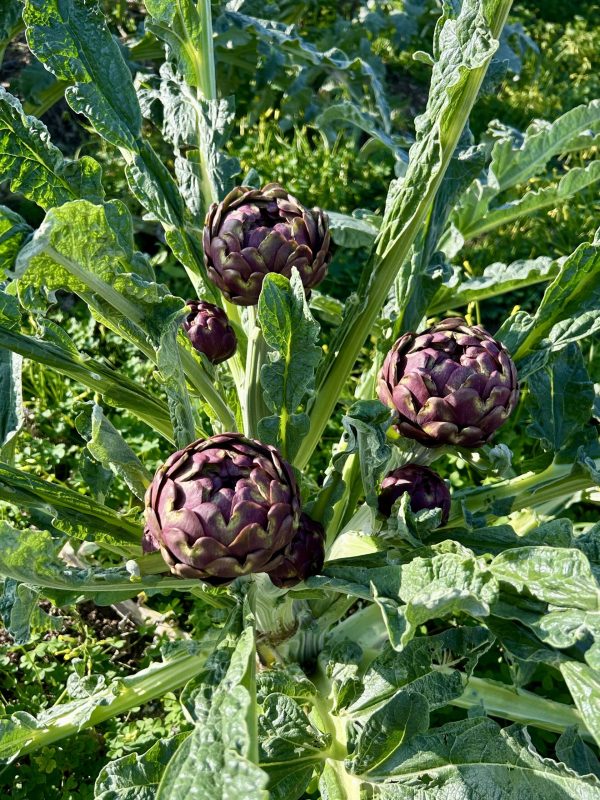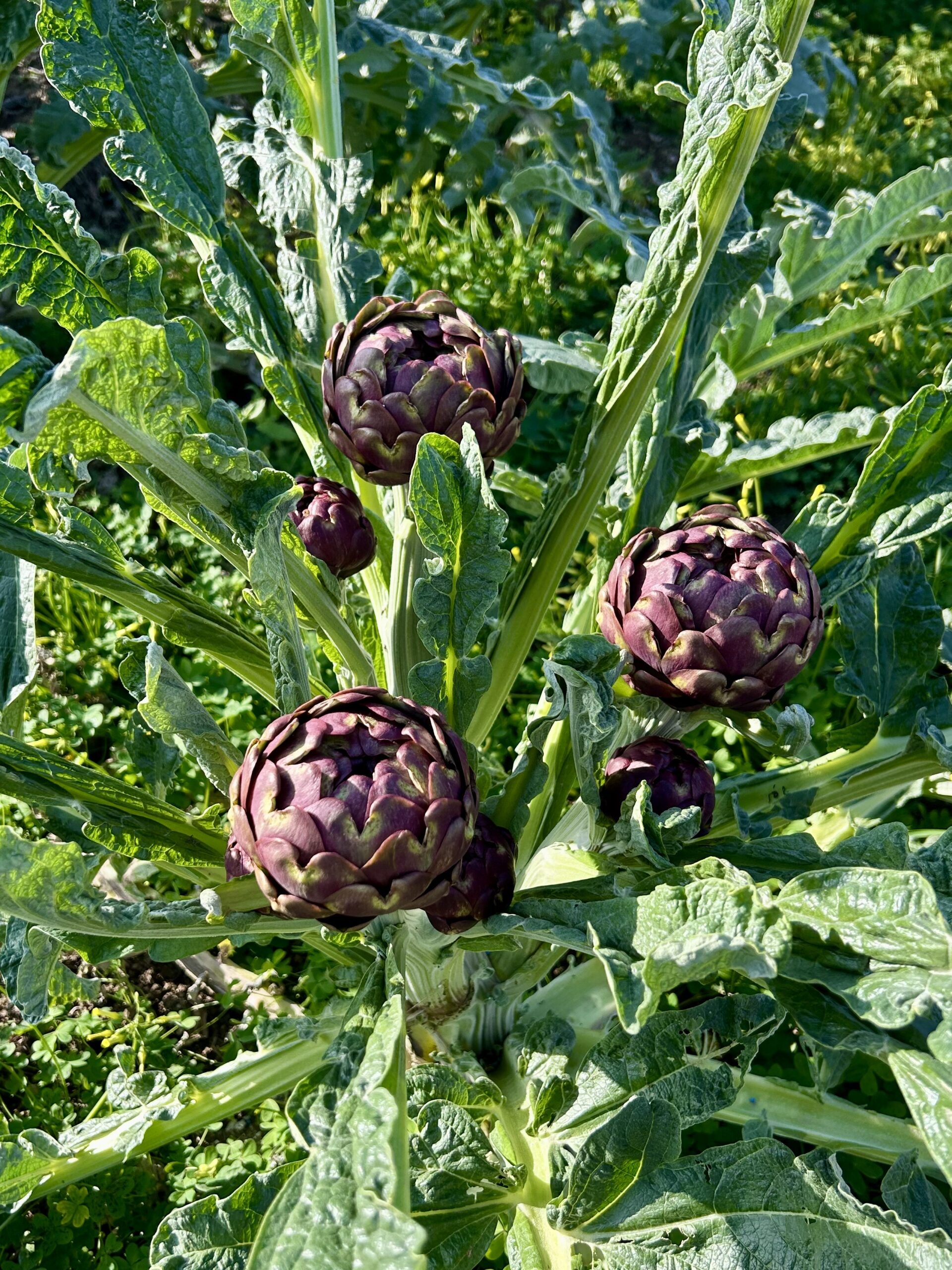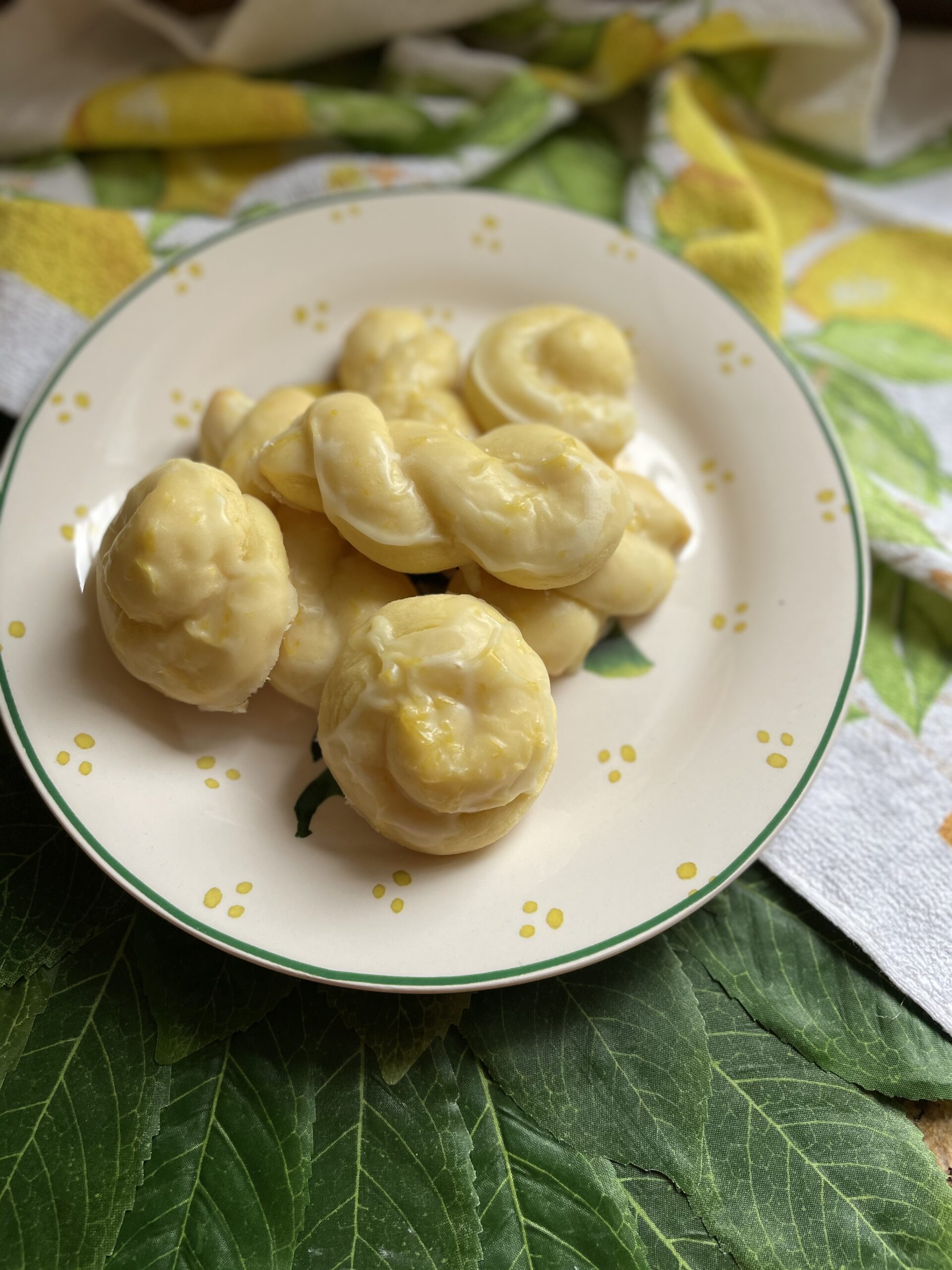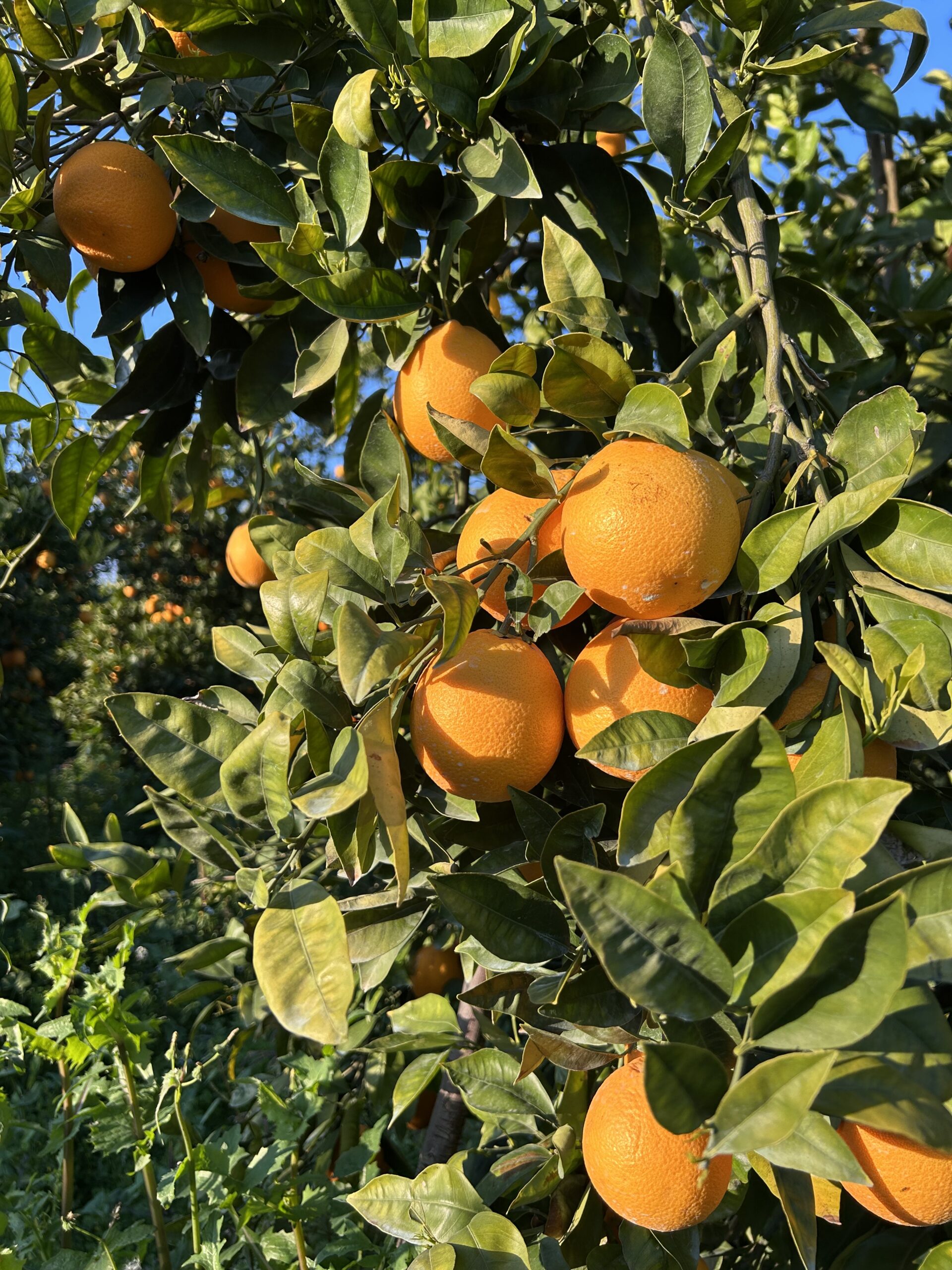Picture it, Campania, early spring, 2025. Citrus fruits are prevalent as are many late winter and early spring vegetables, such as artichokes and cauliflower, two of the crops which I not only love, but had the opportunity to gain a greater knowledge of, while in Italy for the I Love Fruit and Veg from Europe campaign.
Italy cultivates a number of varieties of artichokes with some of the most prominent being the Violetto Toscano, Romanesco and Verde. The cultivar that I saw in the fields and tasted, was the Carciofo Paestum IGP (also known as the Tondo di Paestum). This delicate and flavourful species is grown in the sun-kissed field of Campania and is considered an agricultural gem. It is a tender artichoke that is mild in taste and soft in texture. It is spherical, compact, pulpy, and thorn-free and has a deep green to bright purple color. They are low in fat and rich in fibre (one artichoke contains almost 7 grams), vitamins (folate and vitamins C and K), minerals (magnesium, potassium, and iron) and antioxidants.
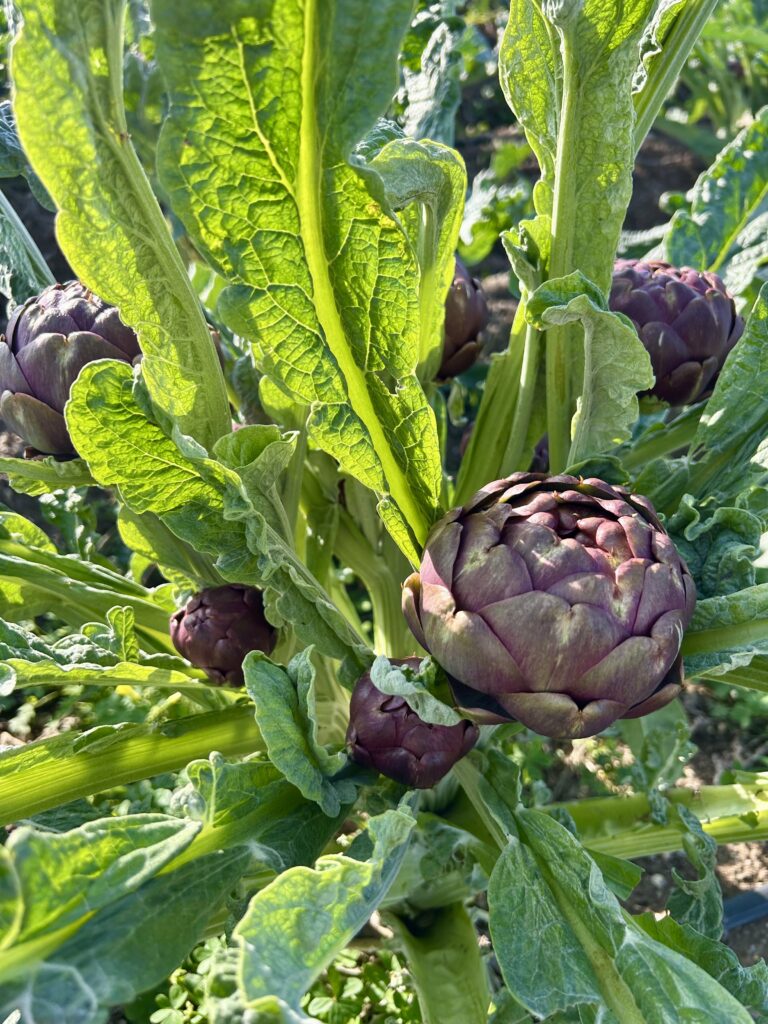
They are a Protected Geographical Indication (PGI or IGP in Italian) product, meaning they are grown in a specific area according to traditional methods and a staple ingredient in the local gastronomy of southern Italy. The carciofo is a versatile vegetable, it can be steamed or boiled, braised, deep-fried, or stuffed. Artichokes can also be eaten raw, thinly sliced or preserved in oil and used on pizza or even pureed (crema di carciofi) and used in pasta dishes. They can also be made into herbal tea and are most famously known for being the prime botanical ingredient of the Italian aperitif Cynar (the artichoke is prominent on the bottle label).
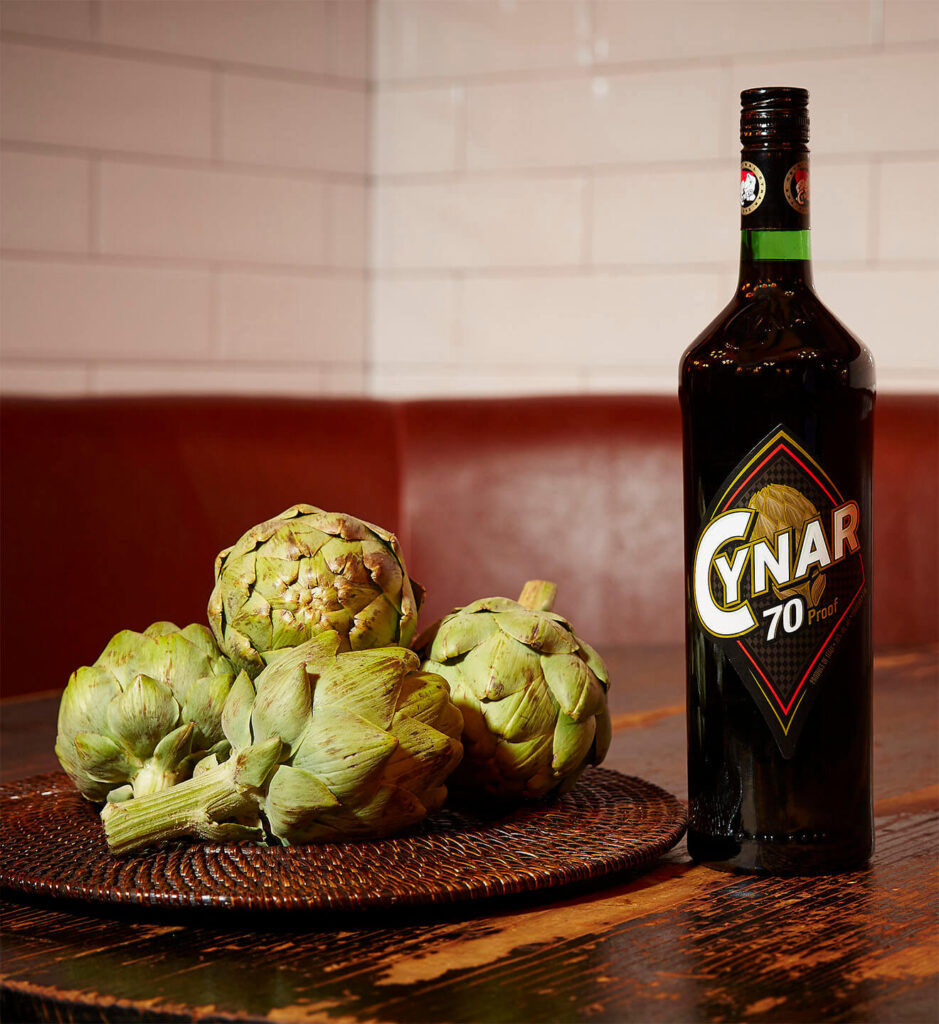
The next seasonal sensation, il cavolfiore or cauliflower. Its name derives from the Latin caulis (cauli) and floris (flower) and has been grown and eaten in Italy since Roman times. In terms of its nutrient properties, cauliflower (in its raw state) is 92% water, 5% carbohydrates, 2% protein, and contains extraordinarily little fat. It has a high content of vitamin C and moderate levels of several B vitamins and vitamin K.
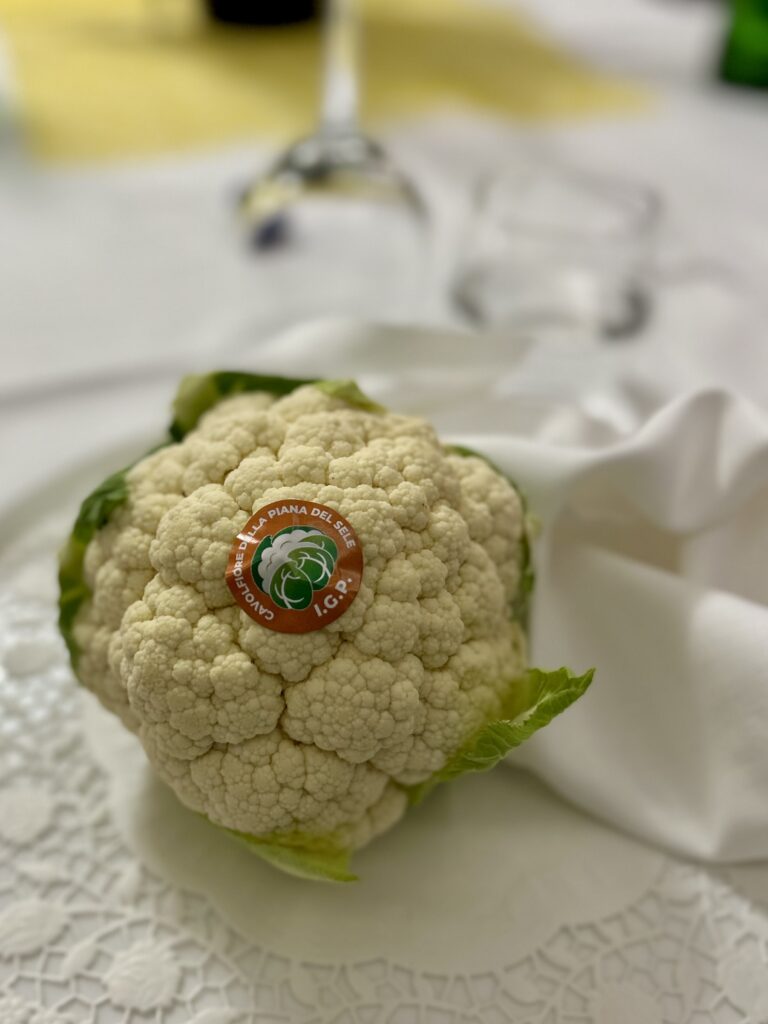
This vegetable too, has earned its place among beloved produce because of its versatility. Its mild flavour and tender texture make it the perfect blank canvas for culinary creativity. It can be riced, pureed, steamed, boiled, roasted, or grilled. The cavolfiore can also be enjoyed raw.
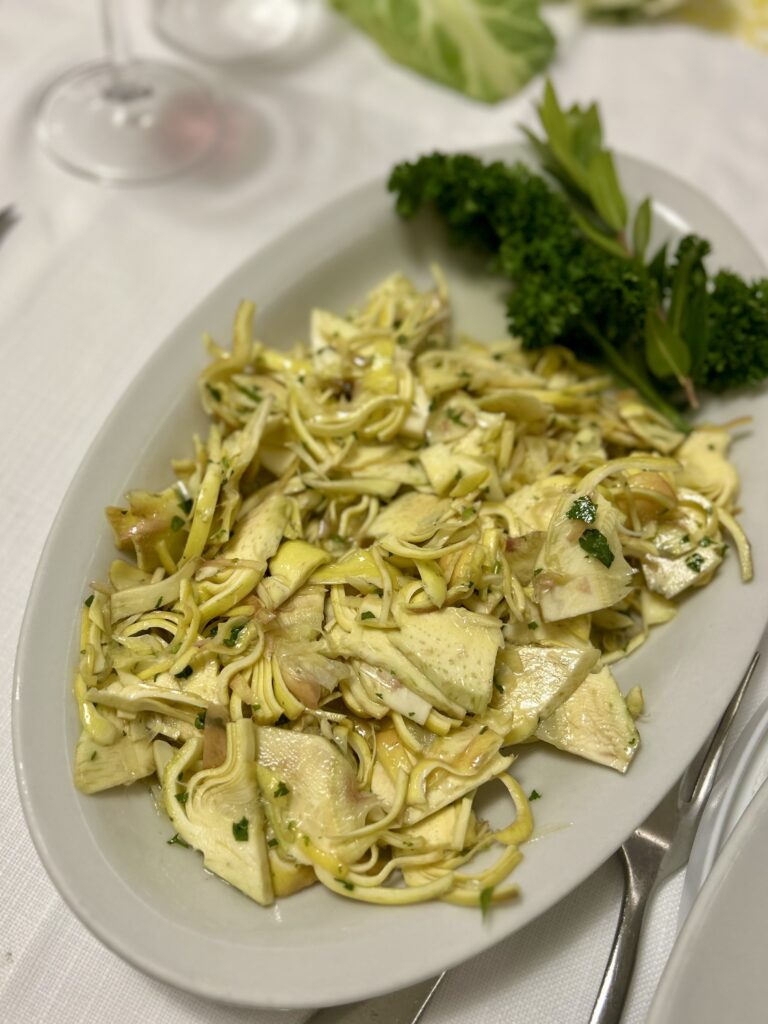
Each of these crops is produced by the organization P.O. Terra Orti who graciously hosted our group for lunch with a menu showcasing the carciofi and cavolfiore in a number of delectable courses. The vegetables even served as delightful centrepieces and place settings for the meal.
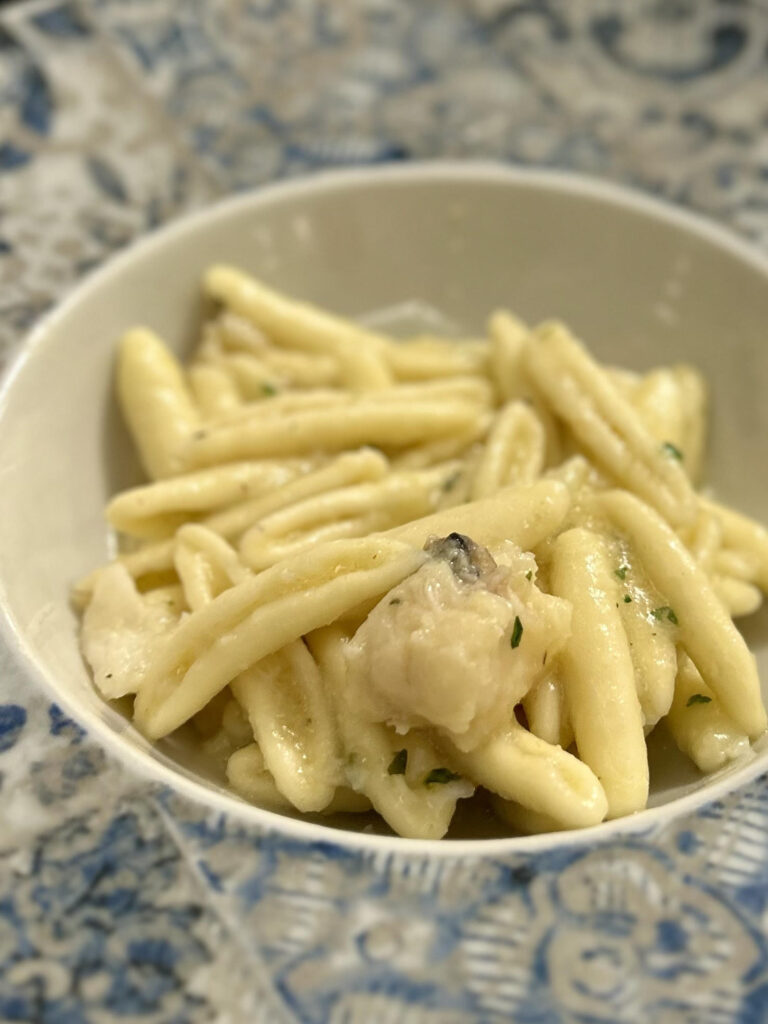
A diet this is rich in vegetables such as artichokes and cauliflower contributes to well-being and helps prevent and combat numerous diseases and conditions. Eating produce that is rich in vitamins and minerals is one of the best things we can do for our health and when those fruits and vegetables are as delicious and versatile as these seasonal sensations, it further contributes to our enjoyment of life. Buon Appetito!

